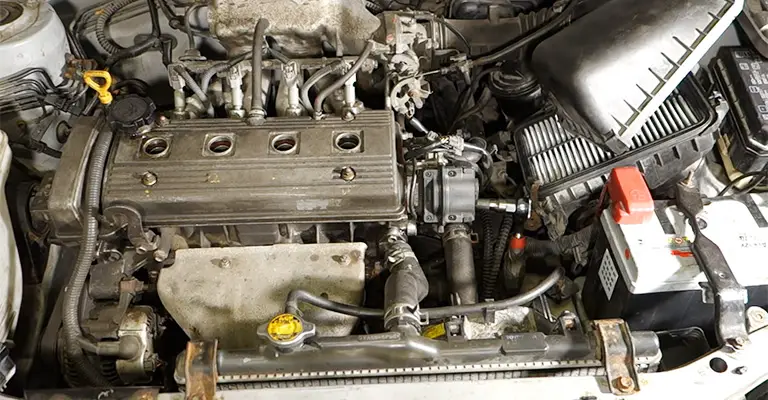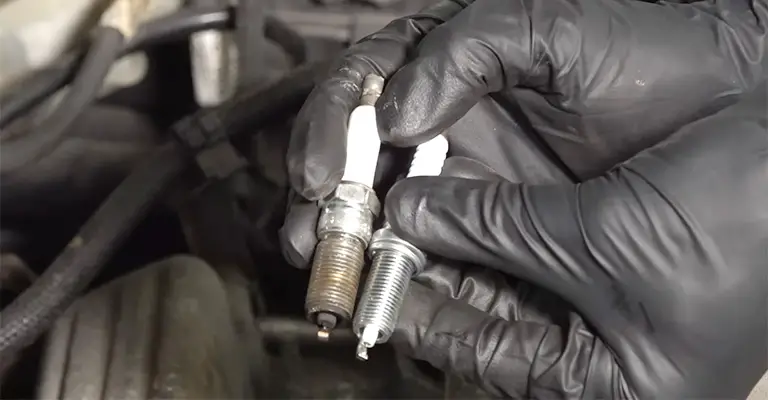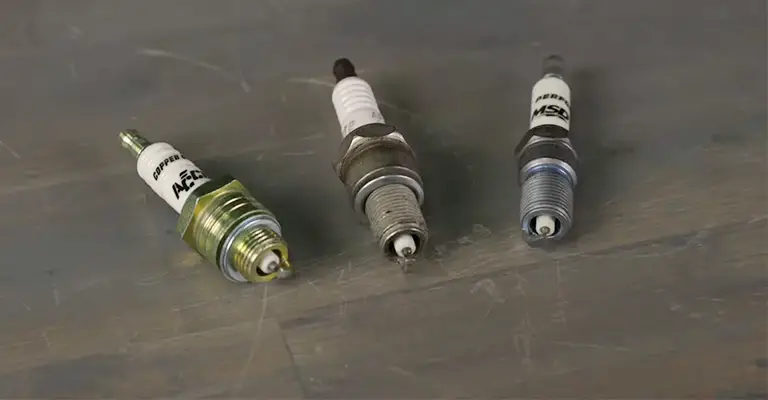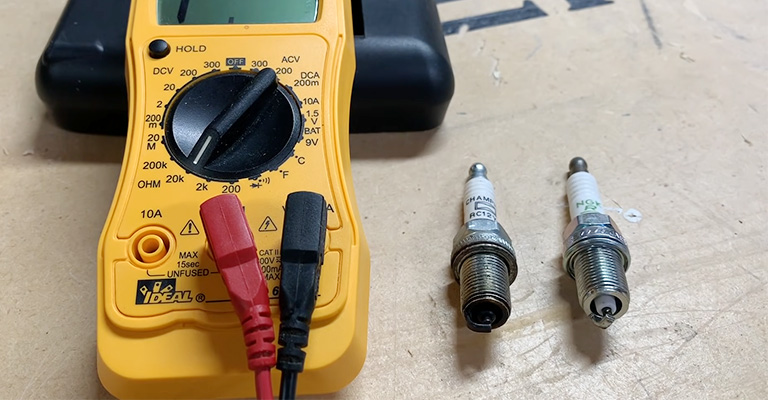One of the frustrating experiences as a car owner or driver is when your car won’t start. It even feels worse when you check your battery and change the spark plugs, but it won’t start. While many other issues cause a car not to start, faulty spark plugs are one thing you can’t ignore.

Can Spark Plugs Prevent a Car From Starting?
Having trouble with your spark plugs or their connected components may prevent a car from starting. Why? Spark plugs supply the spark that ignites the air/fuel mixture to create a spark/explosion that makes your engine produce power. Overall, spark plugs are among the most vital components in a car ignition system.
Now, let’s see why your car won’t start after changing spark plugs and possible solutions.
7 Reasons Why Your Car Won’t Start After Changing Spark Plugs
Mistakes while removing old spark plugs
There are potential mistakes you’re likely to make while removing old spark plugs, especially if you’re new to them. Some mistakes might make it hard to start the car even after changing spark plugs. They include:
- Forgetting to disconnect coil connectors
For some cars, it’s advisable that you first disconnect coil connectors before removing spark plugs. Failure to do so may damage some of the wires, thus affecting the proper power supply to the new spark plug you’ll install.
- Using excess force that damages the input’s spiral
Sometimes already installed spark plugs may have jammed into the cylinder; thus, you’ll tend to use excess force to remove them. As a result, you could easily damage the input’s torque spiral, making new spark plugs not fit well. More importantly, don’t forget to disconnect all the cables and wires before starting this process.
Possible Solution
Refers to your respective user manual on how to remove spark plugs. Also, use the right tools to handle the task. However, if the spark plug seems jammed, let a professional fix it.
Poor installation of the new spark plugs

Poor installation is another possible reason your car won’t start after installing new spark plugs.
For instance, if you fit them tightly or leave them too loose, the car might not start. Also, if you insert the plugs incorrectly, they won’t function, and the car won’t start. Forceful installation may damage your spark plugs.
It’s also worth noting that each connector has a specific coil that should be attached to it. Therefore, improper reconnection could be the issue making the car not start. Such an issue makes your ignition system incomplete.
Possible Solution
Once again, refer to the manual on how to install your spark plugs correctly using the right tools. Also, ensure your install your spark plugs in the correct order. Lastly, ensure all the wires are correctly installed on the new plug and that there are no weak connections.
Installing the wrong types of spark plugs

Not all spark plugs are the same- they come in various measurements and are made of different materials (copper, platinum, or iridium) for different engines. Therefore, if you install the wrong spark plug for your particular engine, the car won’t start. However some might start, but it becomes rough to run the engine.
Possible Solution
Check your engine type and the type of spark plug that matches it before buying new ones. Alternatively, check the user manual before making any purchase.
Not collecting all the cables and wires after installation
Depending on your car’s brand and model, cars have different designs of ignition systems. Some even have a separate coil for each spark plug; therefore, you’ll be handling too many cables and wires to various connections. Therefore, a single connection to the wrong cord or loose connections might cause a car not to start even after installing new spark plugs.
Possible Solution
You should note or write down the proper orders and inputs of the wires and cords before disconnecting them. Therefore, you’ll easily match them after installing new spark plugs.
Damaged new plugs

It’s common for people with no prior experience to damage new plugs during installation.
For instance, forceful installation may break the ceramic coating on the spark plugs. Also, using the wrong tools can easily damage the spark plugs while installing them.
Possible Solution
First, ensure you’re buying your spark plugs from a reputable source. Then use the right tools that don’t require unnecessary force to install new spark plugs. Some grease will also be essential in installation. That way, you will hardly damage new spark plugs.
Spark plugs are not well gapped
As outlined earlier, spark plugs are of different versions. Some spark plugs are ungapped and require manual gapping before installation. Therefore, installing ungapped plugs means it doesn’t fire in the combustion chamber, and your car won’t start.
Possible Solution
If you purchase pre-gapped spark plugs, ensure you gap them before installation. You also ask the seller to gape them first (most auto shops offer this kind of service to their buyers).
A malfunction of other parts of the ignition system
If other components of the ignition system, such as the fuel injector
, induction coils, a storage battery, and spark plug wires, are faulty, your cart won’t start even if you installed brand new spark plugs. However, in some cases, the engine may start, but it won’t run smoothly.
Possible Solution
If you have installed new spark plugs correctly and all the cables and wires are perfectly aligned, you should consider a professional diagnosis of your ignition system. It will help you know the exact part with issues causing your car not to start.
Bottom line
Above are the common issues likely to cause a car not to start despite changing spark plugs. Most of these issues may occur while removing old spark plugs and installing new ones. Others are related to improper installation. Additionally, if other parts of the ignition system are faulty, the car won’t start.
You can easily fix some of the above-outlined problems. However, you should consider a professional to handle them on your behalf if you lack the knowledge and the right tools.
Leave a Reply